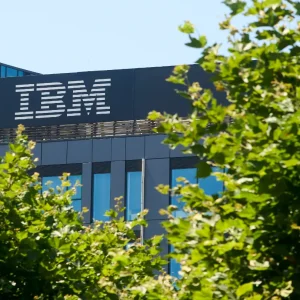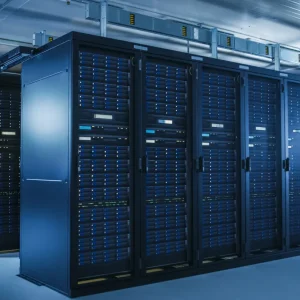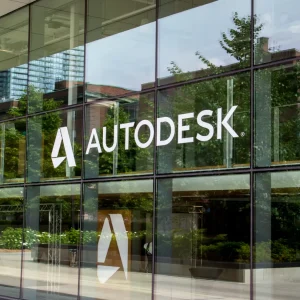Q. The company has been going through a change programme. What were the plans for the transformation and what initiatives have you yet to implement?
A. The reason for the restructuring was that operations had become quite inefficient and there’s lot of competition in the market. We’re half way through a restructuring programme to reduce costs by $450m – that’s £1.2m a day and in the last six months we have become cash positive.
We’ve also now completed the link between Cable & Wireless and Energis (acquired in 2005). Having done the restructuring and begun generating cash, now we’re starting to look forward to revenue growth on the back of our next-generation network. For instance we’ve announced two major new deals, a £300m over six years with insurance group Aviva and a major £100m announcement with Tesco.
Q. What are the key components of your next-generation network?
A. The next generation platform is about connectivity, the applications running on that and service. By connectivity, we mean our MSP (Multi Service Platform) network, which allows you to operate high-bandwidth services. For 25 years, people have been talking about having a simple network for voice and data and video together, but now you can actually do that and at high reliability and low cost.
On the applications front, we have initiatives such as digital signage, which allow you to have plasma displays in stores and download content and upload in real time, instead of previously sending out a DVD and hoping the store manager puts it in the player. It gives stores much more control over distribution of content and we’ve sold this to a number of different retailers. High-definition video conferencing is another key area and part of the Tesco deal.
We are also going back into mobile business, but it’s targeted. FMC (fixed-mobile convergence) is targeted at large organisations. Picocell-based FMC creates a private GSM network. The better call quality means companies can dispense with fixed line use, which can bring benefits in terms of cost and secondly service quality. Internal call quality using mobile has always been an issue. Tesco has also bought this and will roll it out in early September and says it will save about £10m through its deal with Cable & Wireless.
Service is the third area of our strategy as service in telecoms has not been that good. Service for telecoms is all about basics and ensuring that the bill arrives. We’ve made an investment in provisioning systems and that’s getting us to the point where we have a more predictable provisioning.
Q. How important is the international business to the company?
A. The UK is three quarters of our revenue and the company is number two in the UK and number five globally, with three point of presence opened up in the Middle East and expansion into Asia. Our strategy in the US is to connect and use local operators. It’s important to us because many of our international customers are located there.
Q. So who are your customers?
A. A few years ago we had 30,000 customers, but today it’s less than 6,000. Our strategy is to provide the telecoms and Internet needs of larger companies and we’re differentiating on service.
A lot of large companies need help that leverage our core strengths: networks, services, hosing and storage and the ability to integrate these into applications. We’re interested in applications that leverage our network and the storage capacity we have. Currently, we have six major hosting centres and offer customers our IP contact centre services that offer services in a way that an individual company wouldn’t be able to do on their own.
Q. BT is still the biggest telecoms player in the UK. Is your strategy to try and topple them from their pedestal?
A. BT is still by far the biggest player and we are number two and numbers three and four are a long way behind. Our strategy is to maximise the markets we are in. I think deals such as the recent Aviva and Tesco contracts are significant for us.






